What’s Your Story Really Saying? How Themes and Subtext Make or Break a Story
A great story is more than just plot—it’s about why it matters. Learn how theme adds depth, resonates with audiences, and creates unforgettable storytelling without feeling forced.
At its core, every story is about more than just stuff happening. Sure, car chases, epic battles, and dramatic love triangles are great, but without something deeper holding it all together, it’s just noise. Theme is what gives a story its weight—the thing that sticks with you long after the credits roll or the last page is turned.
Think about the stories that haunt you (in a good way). It’s not just because of a jaw-dropping twist or a protagonist you’d totally grab a beer with. It’s because the story hit home—tapping into something real, whether it’s love, ambition, regret, or that constant inner debate about whether to chase your dreams or just take a nap. That’s the power of theme.
But here’s the thing: theme isn’t about hammering people over the head with a moral lesson. The best stories don’t hold up a flashing neon sign saying, "Hey! This is about the human condition!" Instead, they let the audience discover meaning naturally—through subtext, symbolism, and well-crafted narrative choices.
So, let’s break down how to make theme work—without turning your story into a long-winded lecture your audience tunes out faster than a boring Zoom meeting.
What’s Your Story Really About?
A story isn’t just about what happens—it’s about why it happens and what it means. Anyone can string together a series of events—a guy finds a mysterious briefcase, gets chased by spies, and ends up fighting for his life in a high-stakes showdown. Cool, but so what?
Without a deeper meaning behind it, a story is just a sequence of things happening, like a grocery list with explosions. Theme is what gives those events emotional weight. It’s the invisible thread that ties everything together, making the audience feel something beyond just surface-level excitement. It’s why two different movies can have nearly identical plots, but one fades from memory while the other sticks with you for years.
Theme is the why behind the story. It’s what lingers after the action is over—the questions it raises, the emotions it stirs, and the ideas it plants in the audience’s mind. Whether it’s about power, love, revenge, identity, or the sheer absurdity of life, theme turns a plot into something meaningful.
Thematic Consistency: Weaving Theme into Your Narrative
A strong theme doesn’t come from a single line of dialogue or a last-minute moral lesson. It’s built into the fabric of the story, shaping character choices, conflicts, and resolutions. The best themes feel organic, emerging naturally rather than being forced.
Some ways to maintain thematic consistency:
- Character Arcs Reflect the Theme – A story about redemption should feature a protagonist struggling with guilt and seeking transformation.
- Conflict Reinforces the Message – A story about power and corruption might center around characters facing moral dilemmas.
- Repetition and Contrast – Reinforcing theme through recurring imagery, contrasting character decisions, and layered conflicts strengthens its impact.
Example: The Godfather explores themes of power, loyalty, and the corrupting influence of ambition. Every major character decision reinforces these ideas, creating a cohesive narrative where theme and plot work hand in hand.
Using Symbolism and Metaphors to Deepen Theme
Symbolism and metaphors allow stories to communicate themes without explicitly stating them. They give depth to the narrative, making themes feel more immersive rather than instructional.
- Symbolism – Objects, settings, or recurring images that represent a larger idea.
- Metaphors – Comparisons that illustrate complex themes in an accessible way.
Example: In The Great Gatsby, the green light represents Gatsby’s unattainable dream, reinforcing the novel’s themes of ambition and disillusionment.
By embedding meaning into the details of a story, writers can create richer, more layered narratives that reward attentive audiences.
The Art of Subtext
While theme answers the question, “What is this story really about?” subtext is the sly, knowing glance exchanged between the lines. It’s what’s not said but still deeply felt—the tension in a pause, the weight behind a simple phrase, the emotions simmering just beneath the surface.
Subtext is the difference between a character saying, “I’m fine” and the audience knowing they’re absolutely not fine. It’s what makes dialogue feel real, what gives scenes layers, and what keeps audiences engaged, piecing things together instead of being spoon-fed every detail.
Mastering subtext turns good storytelling into great storytelling
Showing vs. Telling: Letting Subtext Do the Work
One of the biggest differences between amateur and masterful storytelling is the use of subtext. Instead of outright stating emotions or themes, skilled writers reveal them through action, dialogue, and subtle cues.
- Telling: “She was nervous.”
- Showing with Subtext: “She adjusted her watch for the third time, tapping her fingers against the table as she glanced at the door.”
Subtext makes dialogue feel natural and layered rather than overly expository. It allows audiences to interpret meaning rather than having it spoon-fed to them.
How Subtext Enhances Storytelling
- Creates Depth – Characters feel more realistic when they don’t state exactly what they feel or want.
- Builds Suspense – Unspoken tensions between characters can add intrigue and emotional weight.
- Engages the Audience – Readers or viewers feel more involved when they piece together meaning themselves.
Example: In The Godfather, Michael Corleone tells his brother Fredo, “You’re nothing to me now.” On the surface, it’s a cold dismissal. But beneath the words lies heartbreak, betrayal, and an unspoken warning that Fredo’s fate is sealed. The scene doesn’t need dramatic shouting or explicit threats—the weight of what isn’t said is what makes it devastating.
Final Thoughts
Theme and subtext are the secret sauce that take a story from just okay to absolutely unforgettable. Theme gives your story meaning, while subtext lets your audience feel that meaning without being spoon-fed. When done right—through character choices, symbolism, and dialogue that packs a punch—these elements create stories that don’t just entertain but stick with people.
So, craft with intention, trust your audience, and let your story do more than just talk—make it whisper, hint, and linger.
If you love dissecting stories, uncovering what makes them work, and exploring how storytelling is changing in real-time, make sure to subscribe to The Storytects Podcast. Each episode dives into the art and science of storytelling, featuring deep dives, guest interviews, and creative discussions designed to inspire writers, filmmakers, and content creators.


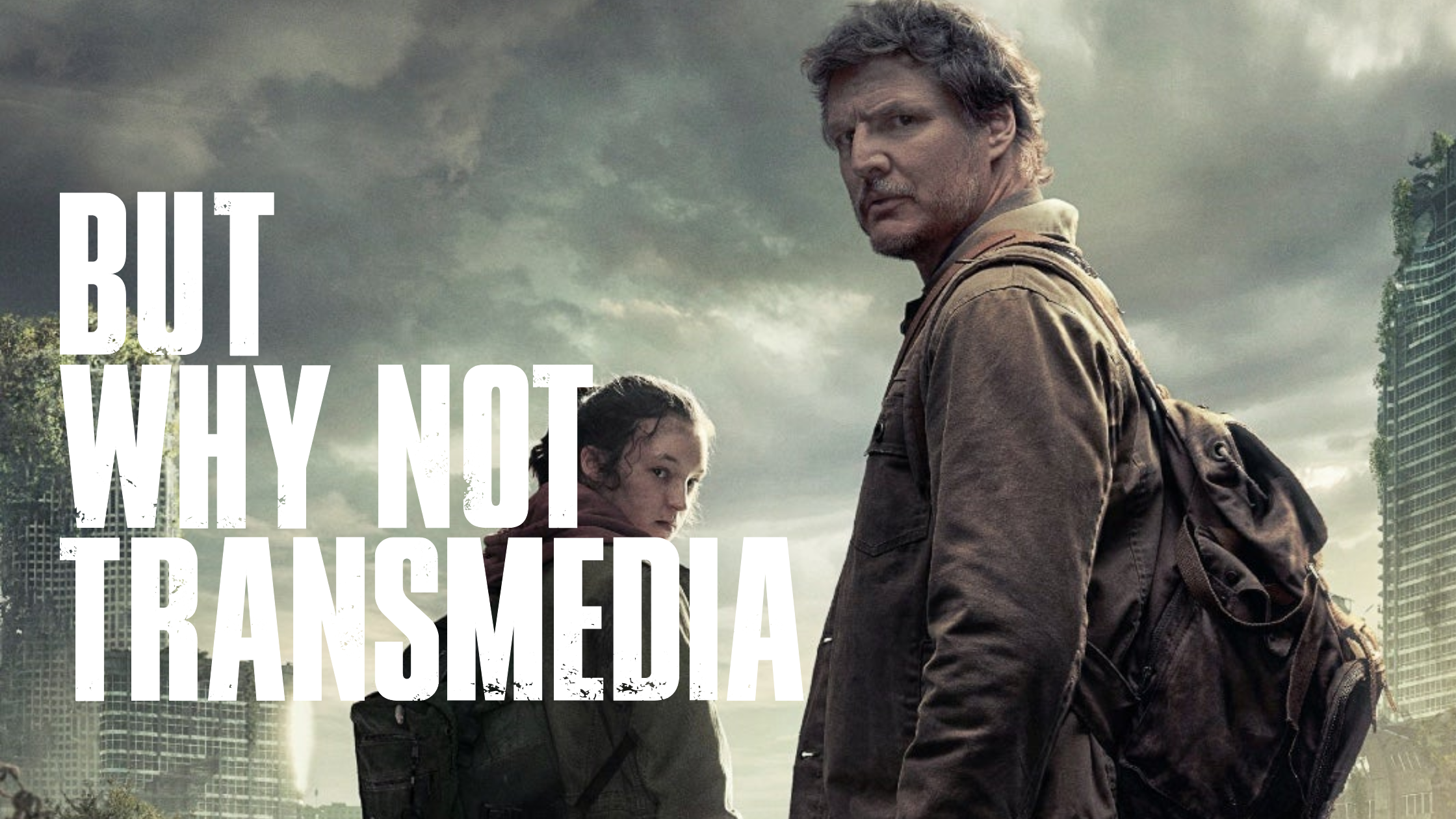
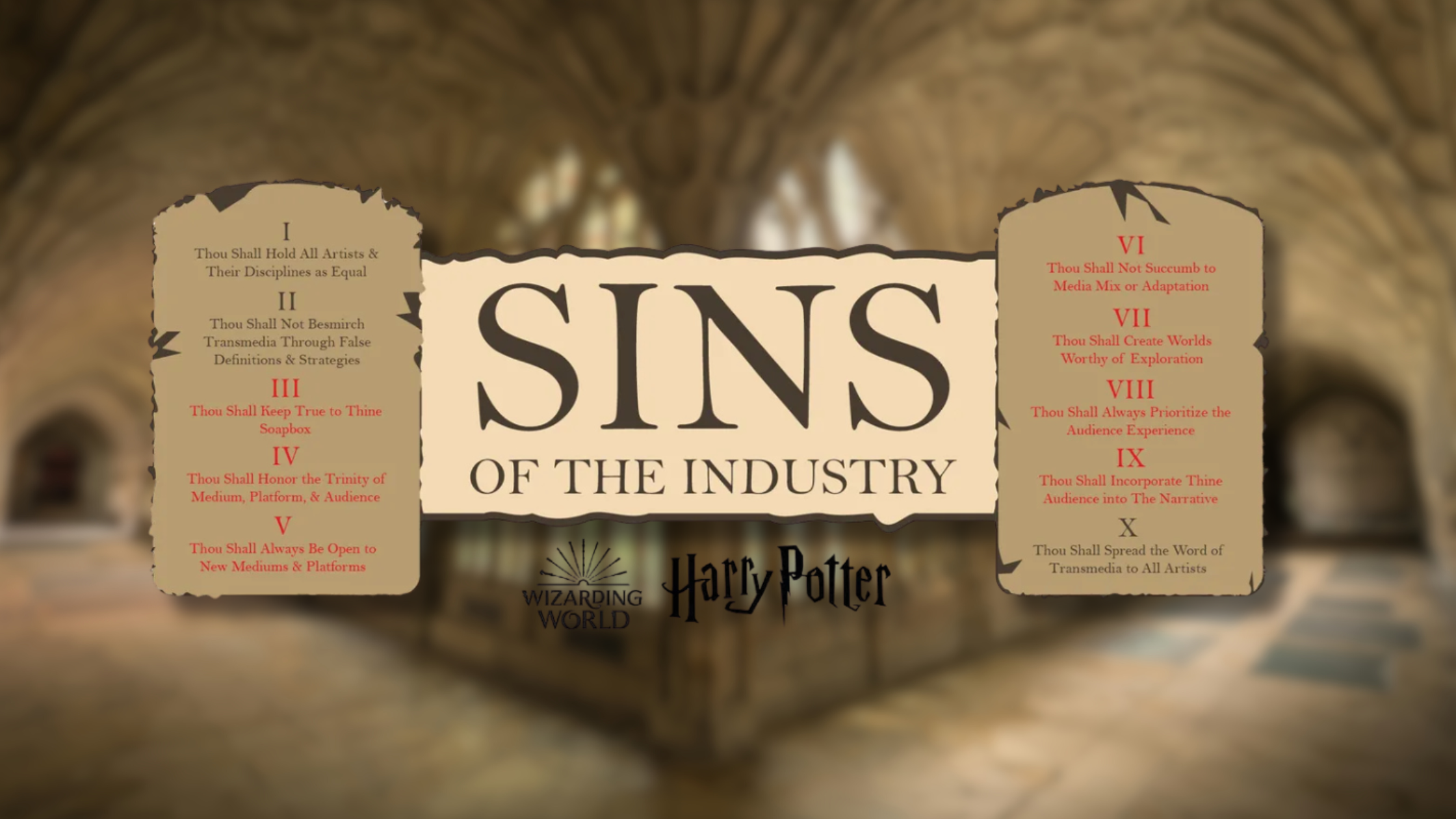

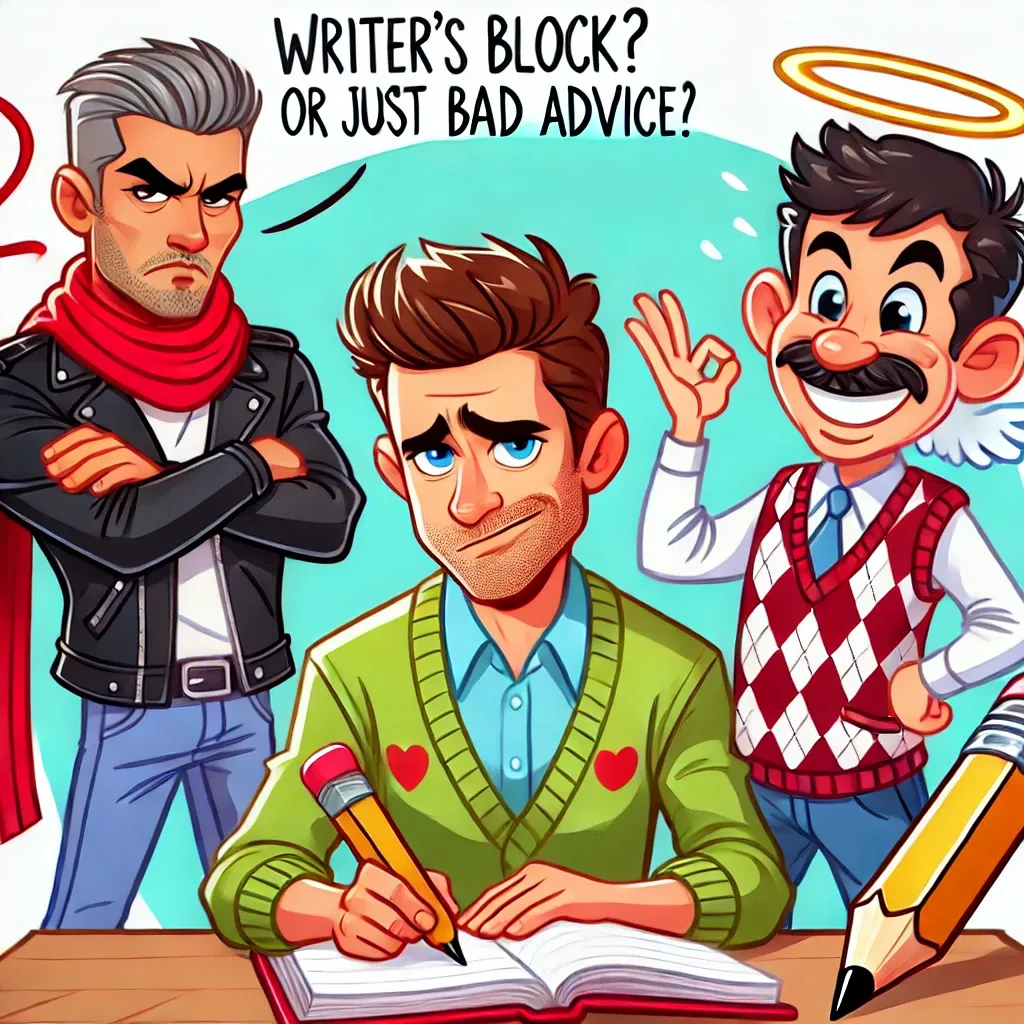



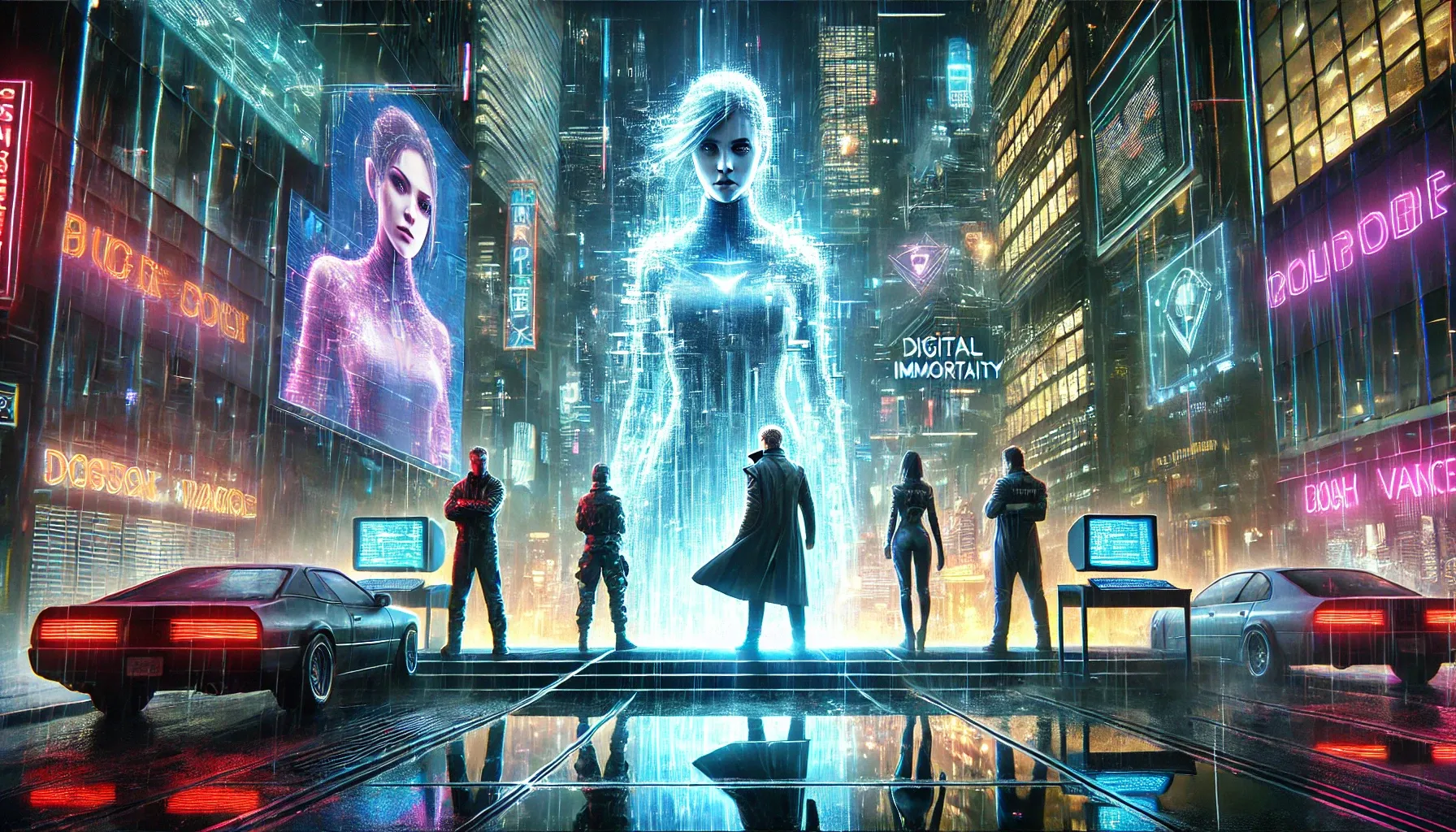



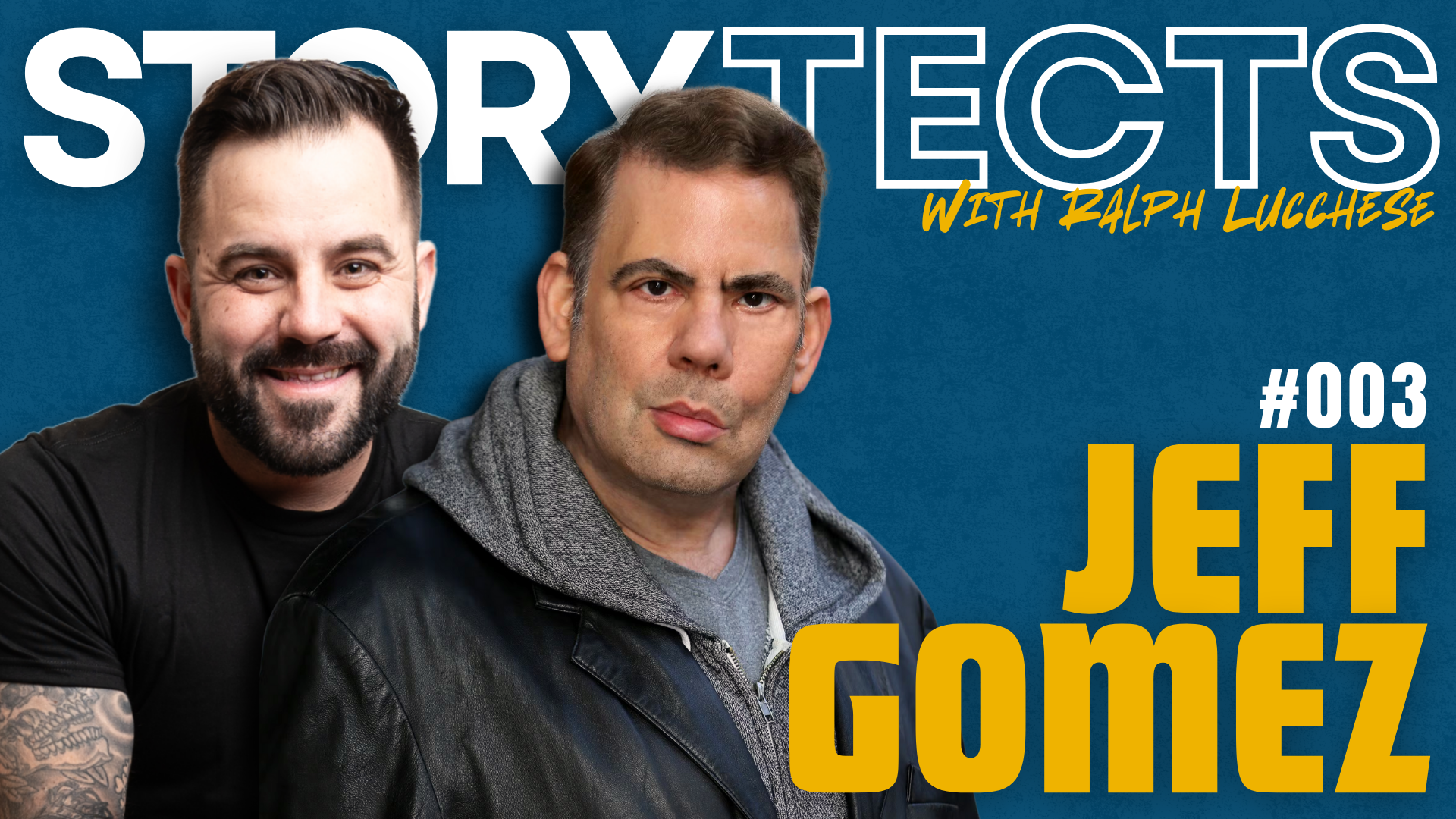
Discussion